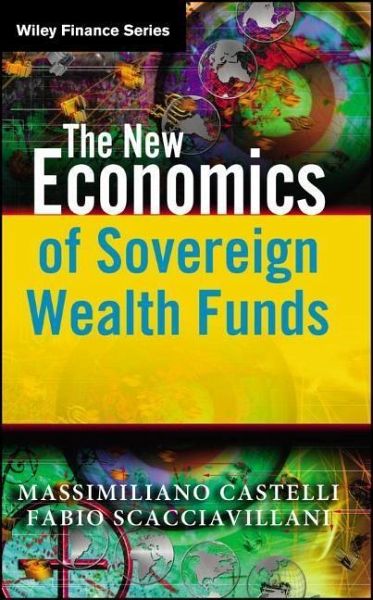MASSIMILIANO CASTELLI, PhD, is Head of Global Strategy in the department advising central banks and Sovereign Wealth Funds at UBS Global Asset Management. In this role, he analyzes the market trends affecting the investment behaviour of sovereign institutions and works closely with investment specialists in providing investment advice and developing tailored investment solutions for this client segment. Since the political debate surrounding SWFs has appeared on the international policy agenda, he established himself as a global thought leader on the macroeconomic, financial and political trends in sovereign wealth management. He has often been called in by leading institutions and think tanks as an expert on global economic and financial matters, he regularly writes articles and essays on these topics and is often invited as a speaker at international conferences. In his fifteen year long international professional career, he has been Head of Public Policy for UBS in Europe, Middle East and Africa, Senior Economist for the Middle East region at UBS and an economic consultant advising governments and corporates in emerging markets on behalf of international institutions. He holds a PhD in Economics from the University of Rome where he lectured and an MSc in Economics from the University of London. FABIO SCACCIAVILLANI, a PhD in Economics from the University of Chicago, is the Chief Economist and member of the Investment Committee of the Oman Investment Fund, which manages the Omani government's oil revenues for the benefit of future generations. In this role, he develops economic forecasts, conducts analyses on global trends, evaluates asset class returns, and contributes to strategic decision-making. He is one of the world's leading experts on the activity of Sovereign Wealth Funds, their influence on financial markets, and their investment strategies. He has written extensively on the political sensitivities that SWFs stirred in Western countries and the emergence of a multipolar world. In his distinguished career he served as Director of Macroeconomics and Statistics at the Dubai International Financial Centre, Executive Director at Goldman Sachs, Senior Economist and Adviser at the European Central Bank and worked in several departments of the International Monetary Fund. He has an extensive scholarly publication record and is frequently interviewed and quoted on international media.






